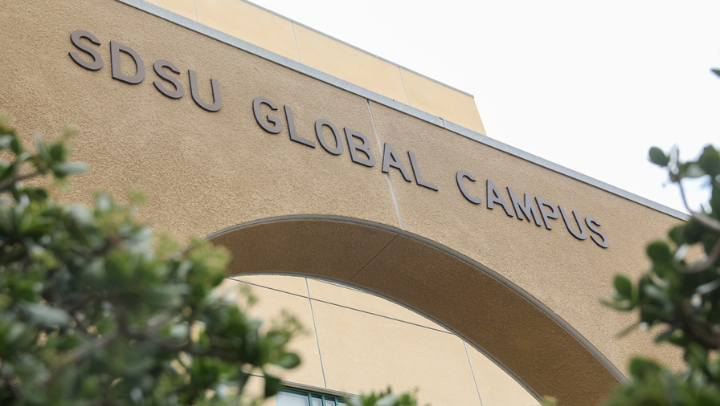What was Hidden
Lost for centuries, the Dead Sea Scrolls link Jewish and Christian history

Some landscapes are made to hold secrets.
The cliffs east of Jerusalem rise gently from the Dead Sea, standing silent guard to the treasures of a people long since vanished.
For a short time, around the beginning of the Common Era (C.E.), this land supported a community engaged in agriculture and light industry. Then the people disappeared, and the cliffs stood nearly barren again. Crumbling stone walls were among the few traces of human intrusion.
But the people did leave other, less visible, remnants. In shallow caves carved from the cliffs, they placed clay jars containing thousands of parchment scrolls describing their faith, fears and daily activities.
Now known as the Dead Sea Scrolls, these documents number among the greatest archaeological finds of the 20th century. Their discovery by Bedouin goat herders in the late 1940s brought biblical scholars a giant step closer to the original bible texts that have never been found and may no longer exist.
Today, the 900 scrolls are a gold mine of clues to the nature and complexity of the communities that flourished in the region during a period of unusual spiritual and social ferment.
Biblical scholar Risa Levitt Kohn is curator of the San Diego Natural History Museum’s Dead Sea Scrolls exhibit, a vivid tableau of life in and around Jerusalem 2,000 years ago. The exhibit chronicles the discovery of the scrolls, describes the scientific method used to date them and explains their significance as a link between modern Judaism and early Christianity.
“As the scrolls were written (250 B.C.E. to about 68 C.E.), different communities of biblical interpretation lived side by side, said Levitt Kohn, a San Diego State University religious studies professor. “Each thought of itself as Israel. Even the earliest Christians identified themselves as Israel.”
The community of the scrolls
Many biblical scholars believe the scrolls were transcribed by a religious group that rejected mainstream Judaism and left Jerusalem to live at Qumran, the site closest to the caves where the scrolls were discovered.
Most also believe the Qumran community was responsible for hiding the scrolls in nearby caves when the Romans invaded Jerusalem and outlying settlements around 70 C.E. Others suggest the scrolls were hidden by Jews fleeing the Roman siege.
One thing is certain – the Dead Sea Scrolls establish a strong connection between today’s religions and the formative years of Christianity and modern Judaism.
“The scrolls have changed our understanding of the relationship between Christianity and Judaism,” observed William M. Schniedewind, chair of Near Eastern languages and cultures at the University of California, Los Angeles. “We now see more clearly the complexity of Judaism in the days of the early Rabbis and Jesus.”
Under continued scrutiny by scholars like Levitt Kohn and Schniedewind, the scrolls are expected to yield further clues to the religious beliefs and secular concerns of those turbulent times.
And by the end of 2007, when the scrolls leave San Diego for their permanent homes in Israel and Jordan, nearly a half million museum-goers will be grateful to those sun-bleached hills for preserving the secrets of an ancient community.



